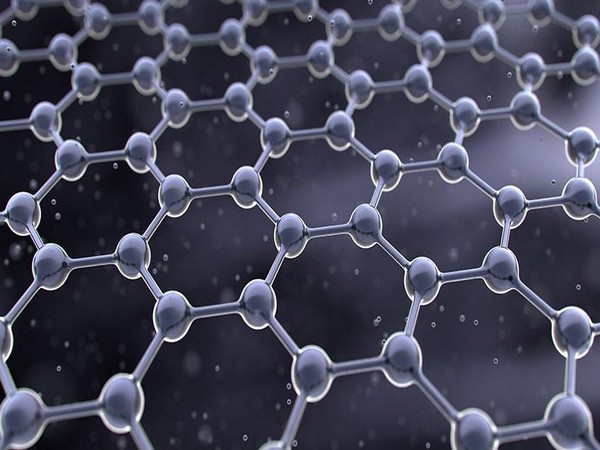A team of Indian scientists has developed innovative nanostructures by controlling the self-assembly pathways of peptides, significantly enhancing their piezoelectric properties. This advancement has wide-ranging implications for applications in energy harvesting, flexible electronics, soft robotics, biodevices, and sensors.
Peptide self-assembly, also known as supramolecular self-assembly, involves the spontaneous organization of small molecules into complex structures via non-covalent interactions. This process is foundational in nanotechnology, enabling the design of advanced devices in electronics, optoelectronics, and biomedicine.
Piezoelectric materials, known for generating electrical charge under mechanical stress, are crucial for sensors, actuators, and energy-harvesting applications. By integrating supramolecular self-assembly with piezoelectricity, researchers have devised a method to create nanomaterials with dynamic, customizable properties.
Research Highlights
Scientists from the Centre for Nano and Soft Matter Sciences (CeNS) and the Jawaharlal Nehru Centre for Advanced Scientific Research (JNCASR), both Bengaluru-based institutions under the Department of Science and Technology (DST), collaborated to explore the interplay between kinetic and thermodynamic states in peptide self-assembly.
By manipulating factors like temperature and solvent composition, the team achieved precise control over molecular arrangements, resulting in organized and asymmetric nanostructures. This structural asymmetry is vital for inducing piezoelectric properties, enabling the material to generate electric charges in response to mechanical stress.
Key Findings
Publication and Novelty: The tunable piezoelectric behavior of the peptide-based nanomaterials has been published in the prestigious Chemical Science journal by the Royal Society of Chemistry.
Chiroptical Switching: The team observed a rare phenomenon of chiroptical switching—rotation of polarized light—during peptide denaturation processes triggered by heat treatment or changes in cosolvent ratios.
Structural Dynamics: These chiroptical changes were linked to structural alterations in the nanomaterials, affecting the formation of nanoparticles and nanofibers. This capability enables the dynamic tuning of material properties in response to external stimuli.
Applications and Future Impact
The study, led by Dr. Goutam Ghosh and his team, including Ms. Aparna Ramesh, Mr. Tarak Nath Das, and Prof. Tapas Kumar Maji, showcases a cutting-edge approach to controlling piezoelectricity in nanomaterials. This innovation, supported by the Autonomous Research Fund (formerly SERB), could transform:
Sensors and Actuators: Enhancing precision in mechanical-to-electrical energy conversion.
Energy Harvesting: Developing more efficient devices to capture mechanical energy.
Biomedicine: Creating advanced materials for diagnostics and therapeutic applications.
Soft Robotics and Flexible Electronics: Enabling adaptable and responsive smart devices.
Revolutionizing Smart Material Design
The dynamic control over nanomaterial properties heralds a new era of customizable smart materials with enhanced efficiency and versatility. This research not only deepens the understanding of supramolecular self-assembly but also lays a strong foundation for future advancements in material science and technology.
The findings are expected to inspire further exploration in the field, driving innovations that could position India as a leader in the next generation of nanotechnology and smart materials.











